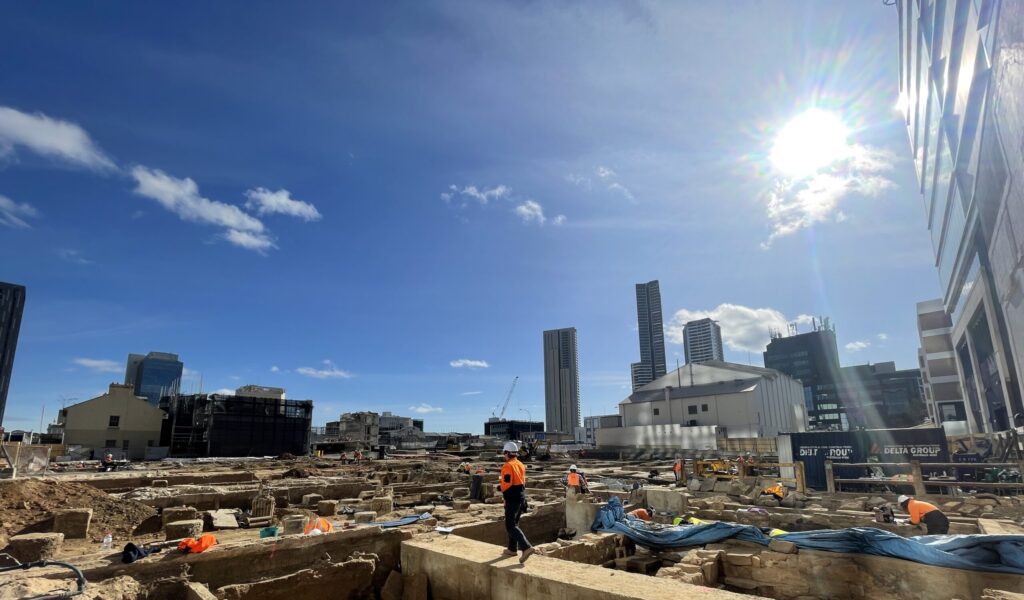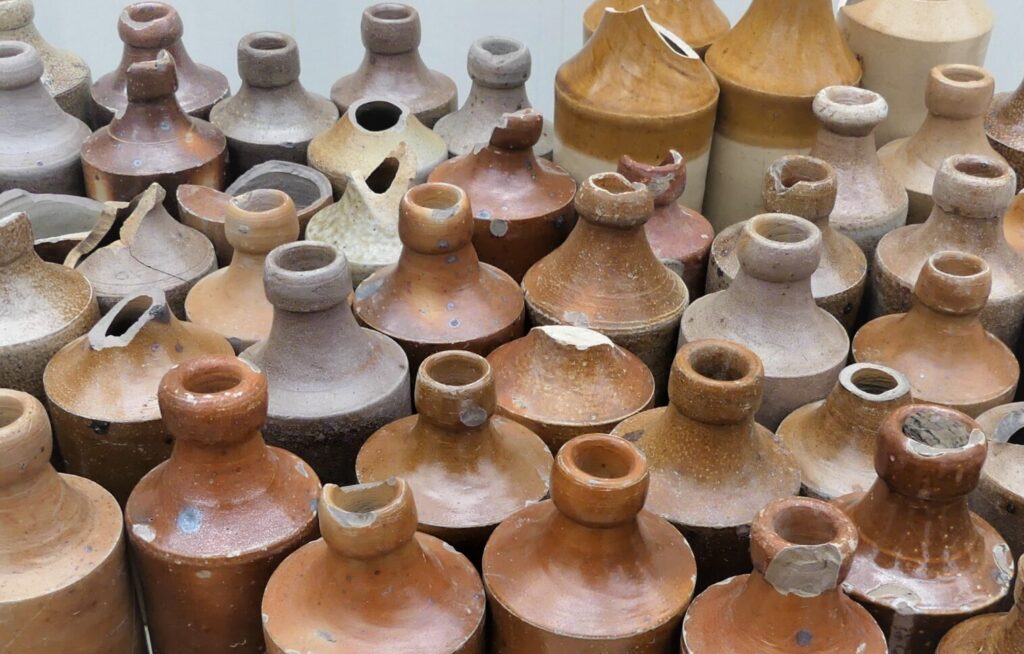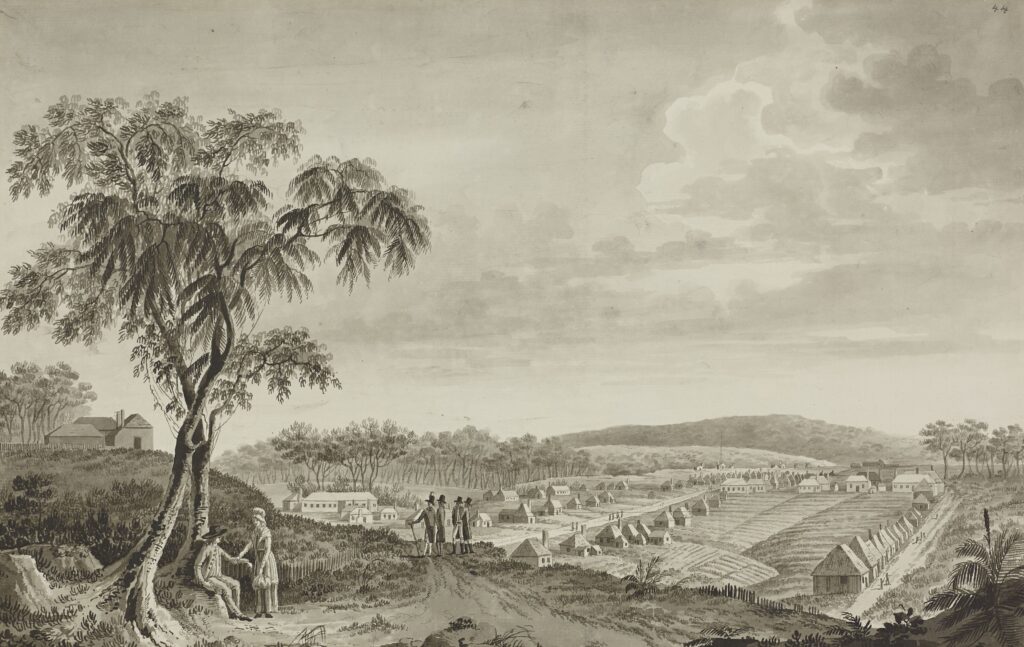
Archaeology at the Parramatta metro station site
Construction of the new Parramatta Station for Sydney Metro is underway.
Before excavation begins, detailed archaeological investigations are carried out to better understand the site’s significance. These investigations are revealing new insights into Parramatta’s long history—from its importance to First Nations people, through early colonial settlement and adaptation, to daily life and urbanisation in the 19th century, and the township’s growth into the modern city we know today.
Parramatta is home to many significant First Nations archaeological sites, with evidence of Aboriginal occupation dating back more than 35,000 years. Excavations at the station site have already uncovered several hundred stone artefacts. Learn more about the First Nations archaeology.
The site also lies within the historic heart of Parramatta, on the original town grid laid out between 1790 and 1792. Archaeology from multiple phases of colonial development has been found here, reflecting Parramatta’s transformation from an agricultural and convict settlement, to a free-market town, and later a thriving urban centre by the late 19th century. Learn more about colonial Parramatta’s archaeology.
Get a birdseye view of excavations in progress below.

This map from 1804 shows the town’s development with convict huts and cottages along the main streets—George, Macquarie and Church—south of the river. Source: State Library NSW with GML Heritage overlay.
Aerial footage of the archaeological investigations at the Sydney Metro construction site at Parramatta.




